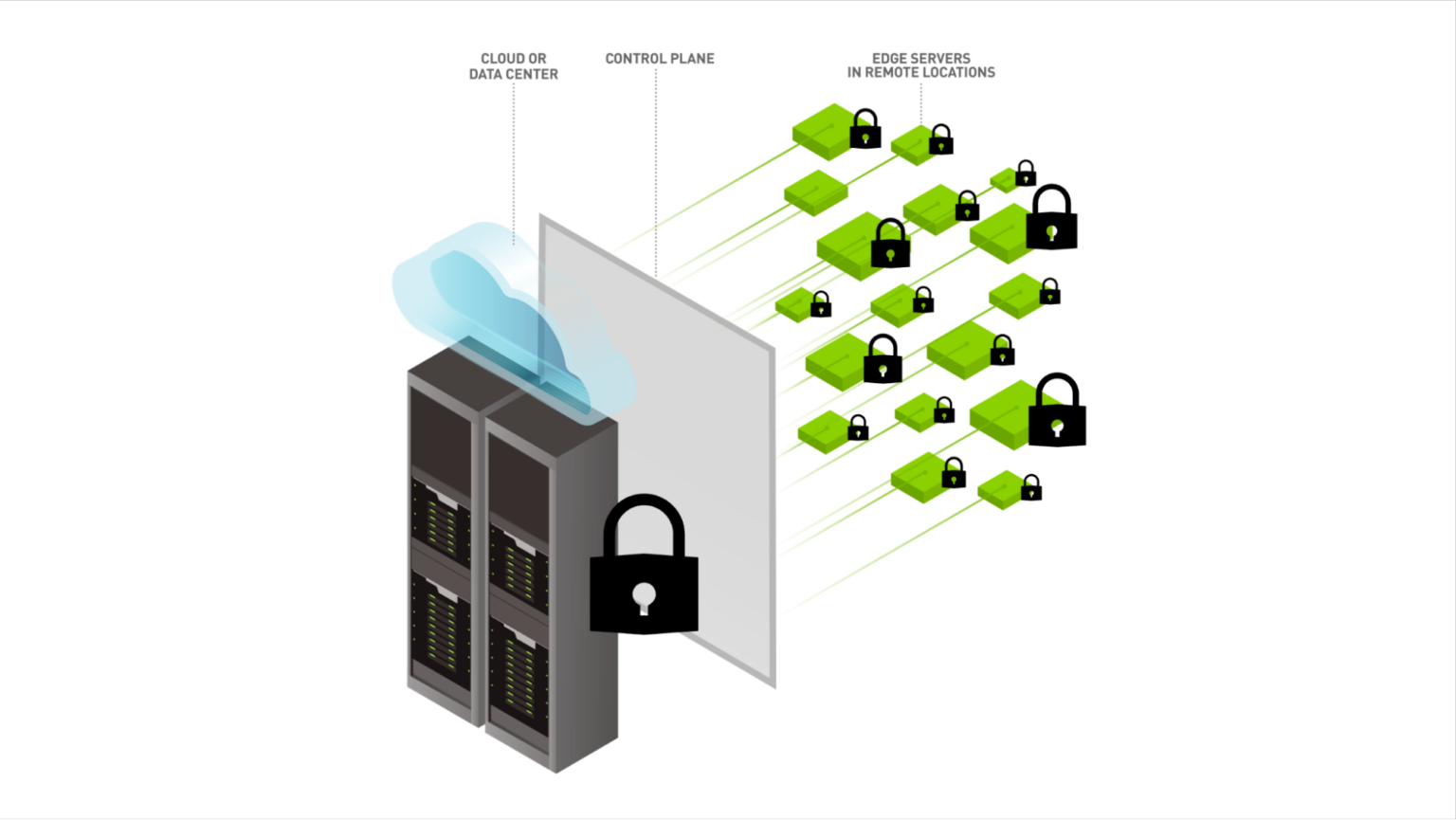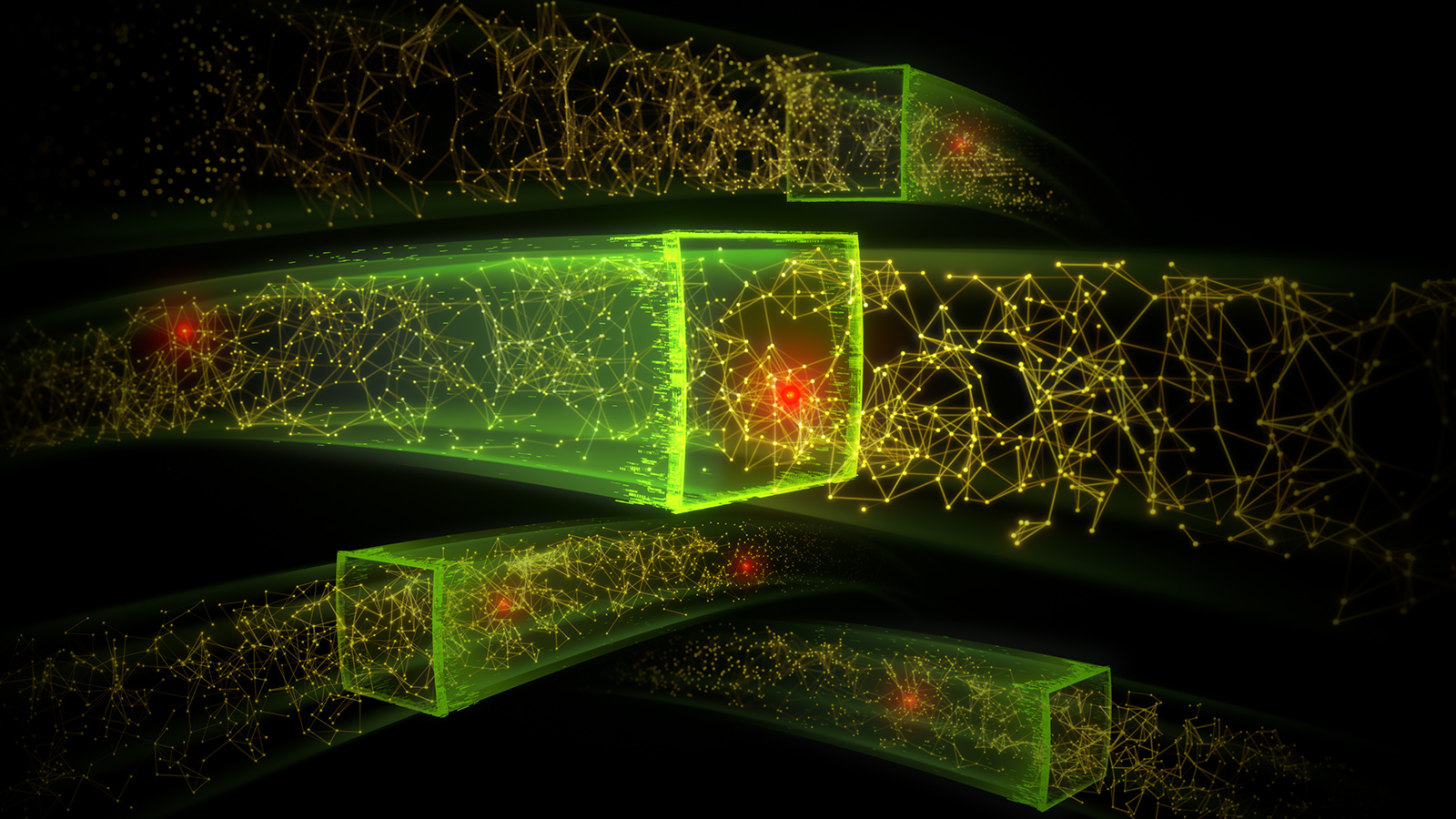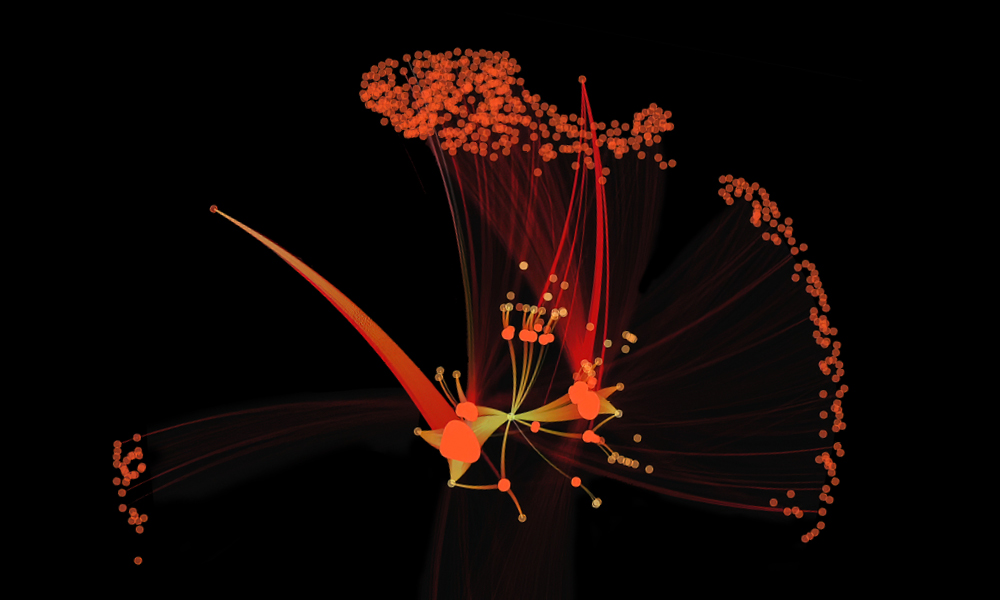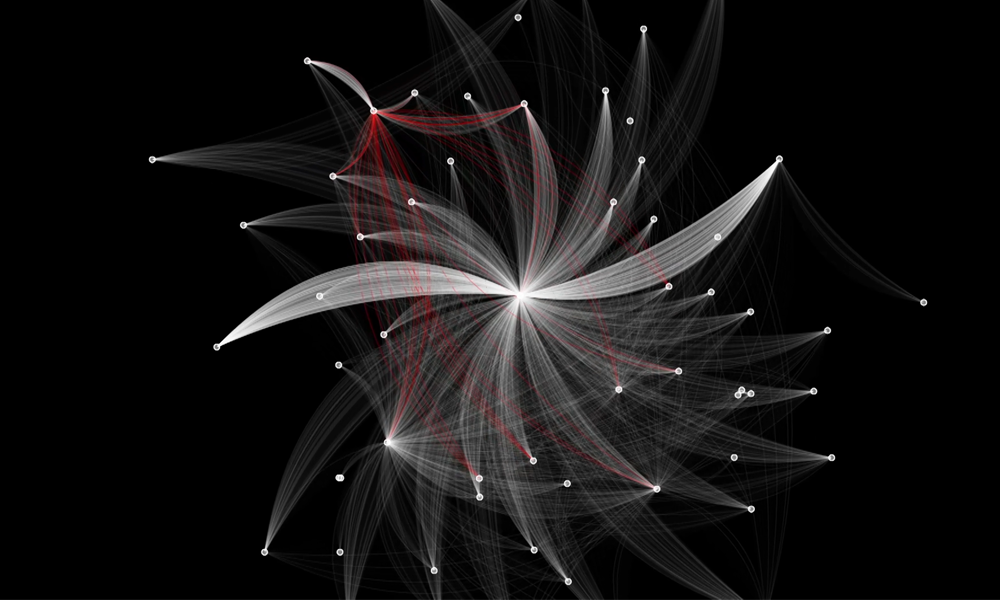The acceleration of digital transformation within data centers and the associated application proliferation is exposing new attack surfaces to potential security threats. These new attacks typically bypass the well-established perimeter security controls such as traditional and web application firewalls, making detection and remediation of cybersecurity threats more challenging.
Defending against these threats is becoming more challenging due to modern applications not being built entirely within a single data center—whether physical, virtual, or in the cloud. Today’s applications often span multiple servers in public clouds, CDN networks, edge platforms, and as-a-service components for which the location is not even known.
On top of this, each service or microservice may have multiple instances for scale-out purposes, straining the ability of traditional network security functions to isolate them from the outside world to protect them.
Finally, the number of data sources and locations is large and growing both because of the distributed nature of modern applications and the effects of scale-out architecture. There is no longer a single gate in the data center, such as an ingress gateway or firewall, that can observe and secure all data traffic.
The consequence of these changes is the much larger sheer volume of data that must be collected to provide a holistic view of the application and to detect advanced threats. The number of data sources that must be monitored and the diversity in terms of data types is also growing, making effective cybersecurity data collection extremely challenging.
Detection requires a large amount of contextual information that can be correlated in near real time to determine the advanced threat activity in progress.
F5 is researching techniques to augment well-established security measures for web, application, firewall, and fraud mitigation. Detecting such advanced threats, which require contextual analysis of several of these data points through large-scale telemetry and with near real-time analysis, requires machine learning (ML) and AI algorithms.
ML and AI are used to detect anomalous activity in and around applications, as well as cloud environments, to tackle the risks upfront. This is where the NVIDIA BlueField-2 data processing unit (DPU) real-time telemetry and NVIDIA GPU-powered Morpheus cybersecurity framework come into play.
NVIDIA Morpheus provides an open application framework that enables cybersecurity developers to create optimized AI pipelines for filtering, processing, and classifying large volumes of real-time data. Morpheus offers pretrained AI models that provide powerful tools to simplify workflows and help detect and mitigate security threats.
Cybersecurity poses unique requirements for AI/ML processing
From a solution perspective, a robust telemetry collection strategy is a must and the telemetry data must have specific requirements:
- A secure—encrypted and authenticated—means of transmitting data to a centralized data collector.
- The ability to ingest telemetry with support for all the commonly used data paradigms:
- Asynchronously occurring security-relevant events
- Application logs
- Statistics and status-related metrics
- Entity-specific trace records
- A well-defined vocabulary that can map the data collected from diverse data sources into a canonical consumable representation
Finally, all this must be done in a highly scalable way, agnostic to the source location, which may be from a data center, the edge, a CDN, a client device, or even out-of-band metadata, such as threat intelligence feeds.
NVIDIA Morpheus-optimized AI pipelines
With a unique history and expertise in building networking software capable of harnessing the benefits of hardware, F5 is one of the first to join the NVIDIA Morpheus Early Access program.
Morpheus is an open application framework that enables cybersecurity developers to create optimized AI pipelines for filtering, processing, and classifying large volumes of real-time data.
F5 is leveraging Morpheus, which couples BlueField DPUs with NVIDIA certified EGX servers, to provide a powerful solution to detect and eliminate security threats.
Morpheus allows F5 to accelerate access to embedded analytics and provide security across the cloud and emerging edge from their Shape Enterprise Defense application. The joint solution brings a new level of security to data centers and enables dynamic protection, real-time telemetry, and an adaptive defense for detecting and remediating cybersecurity threats.
Learn more
For more information about how F5 accelerates cybersecurity protection through real-time, DPU-enhanced telemetry and AI-powered analytics using NVIDIA GPU-powered Morpheus, see the Redefining Cybersecurity at the Distributed Cloud Edge with AI and Real-time Telemetry GTC session.










